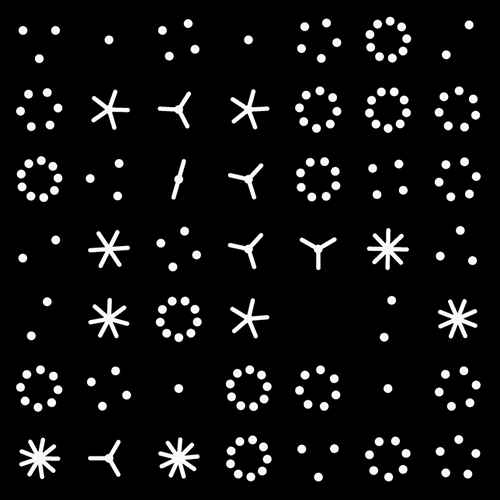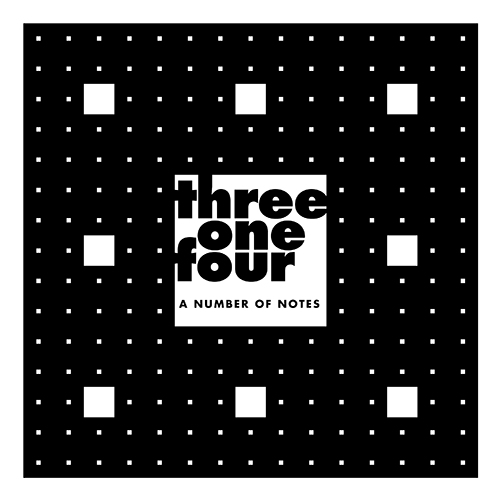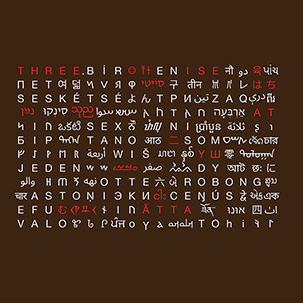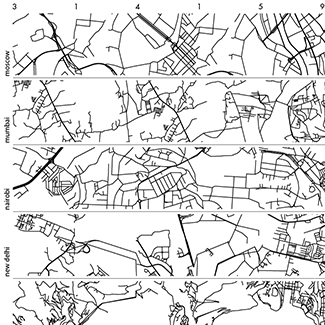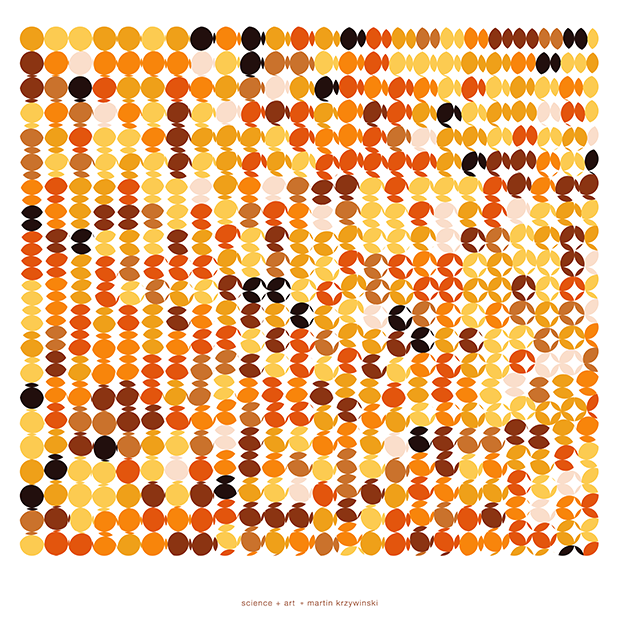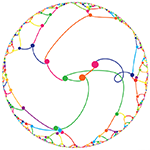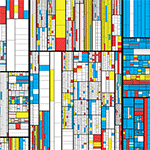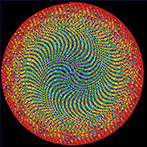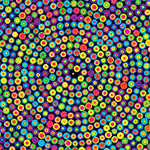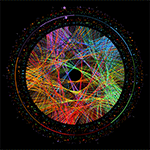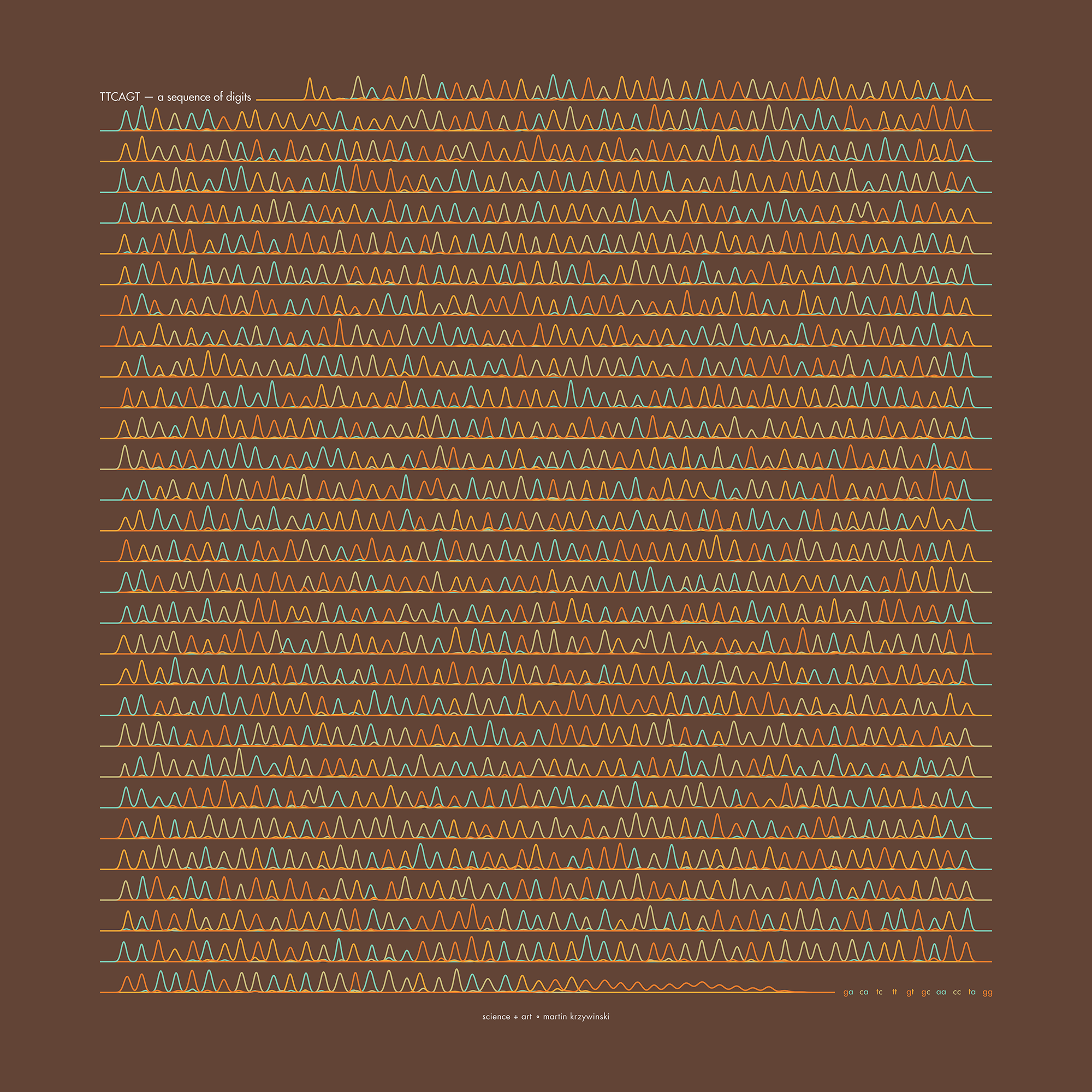 buy artwork
buy artwork
`\pi` Day 2018 Art Posters - Stitched city road maps from around the world
On March 14th celebrate `\pi` Day. Hug `\pi`—find a way to do it.
For those who favour `\tau=2\pi` will have to postpone celebrations until July 26th. That's what you get for thinking that `\pi` is wrong. I sympathize with this position and have `\tau` day art too!
If you're not into details, you may opt to party on July 22nd, which is `\pi` approximation day (`\pi` ≈ 22/7). It's 20% more accurate that the official `\pi` day!
Finally, if you believe that `\pi = 3`, you should read why `\pi` is not equal to 3.
And if you've got to sleep a moment on the road
I will steer for you
And if you want to work the street alone
I'll disappear for you
—Leonard Cohen (I'm Your Man)
This year's is the 30th anniversary of `\pi` day. The theme of the art is bridging the world and making friends. So myself I again team up with my long-time friend and collaborator Jake Lever. I worled with Jake on the snowflake catalogue, where we build a world of flakes.
And so, this year we also build a world. We start with all the roads in the world and stitch them together in brand new ways. And if you walk more than 1 km in this world, you'll likely to be transported somewhere completely different.
This year's `\pi` day song is Trance Groove: Paris. Why? Because it's worth to go to new places—real or imagined.
Last year, I made a new world in the sky with my 2017 `\pi` day sky charts. This year, it's time for something a little closer to the ground. Using street maps of various cities, we rearrange the streets and join neighbourhoods from around the world using the digits of `\pi` as a recipe.
A walk from to Istanbul to San Francisco is only 5 minutes? Well, no. But what if it could be.

Read how it was done or simply enjoy the art.
City strips
City strips are horizontal arrangements of patches of roads sampled from a city. The order of the patches is determined by the digits of `\pi`, which are used to select regions of specific density of roads.
 buy artwork
buy artwork
These strips chart 10 patches—the patch for the digit "1" has a few roads and the patch for "9" is the most dense.
Boonies, burbs and boutiques

This series of patches is extracted from the city strips above. Three patches for the consecutive digits 159 are shown and demonstrate how very quickly we can progress from nowhere to somewhere.
 buy artwork
buy artwork
World patches
This arrangement of roads builds on city strips. Here, 36 digits of `\pi` are arranged on a 6 × 6 grid. Roads patches are sampled from 10 different cities—each digit is assigned a different city.
In the map below the digit-to-city assignments are: 0:Amsterdam, 1:Doha, 2:Marrakesh, 3:Mumbai, 4:Nairobi, 5:Rome, 6:San Francisco, 7:Seoul, 8:Shanghai and 9:Vancouver.
 buy artwork
buy artwork
City mix
City mixes are world patches that only use two cities. Below we assign the even digits to Melbourne and the odd digits to Nice.
 buy artwork
buy artwork
 buy artwork
buy artwork
Beyond Belief Campaign BRCA Art
Fuelled by philanthropy, findings into the workings of BRCA1 and BRCA2 genes have led to groundbreaking research and lifesaving innovations to care for families facing cancer.
This set of 100 one-of-a-kind prints explore the structure of these genes. Each artwork is unique — if you put them all together, you get the full sequence of the BRCA1 and BRCA2 proteins.
Propensity score weighting
The needs of the many outweigh the needs of the few. —Mr. Spock (Star Trek II)
This month, we explore a related and powerful technique to address bias: propensity score weighting (PSW), which applies weights to each subject instead of matching (or discarding) them.

Kurz, C.F., Krzywinski, M. & Altman, N. (2025) Points of significance: Propensity score weighting. Nat. Methods 22:1–3.
Happy 2025 π Day—
TTCAGT: a sequence of digits
Celebrate π Day (March 14th) and sequence digits like its 1999. Let's call some peaks.

Crafting 10 Years of Statistics Explanations: Points of Significance
I don’t have good luck in the match points. —Rafael Nadal, Spanish tennis player
Points of Significance is an ongoing series of short articles about statistics in Nature Methods that started in 2013. Its aim is to provide clear explanations of essential concepts in statistics for a nonspecialist audience. The articles favor heuristic explanations and make extensive use of simulated examples and graphical explanations, while maintaining mathematical rigor.
Topics range from basic, but often misunderstood, such as uncertainty and P-values, to relatively advanced, but often neglected, such as the error-in-variables problem and the curse of dimensionality. More recent articles have focused on timely topics such as modeling of epidemics, machine learning, and neural networks.
In this article, we discuss the evolution of topics and details behind some of the story arcs, our approach to crafting statistical explanations and narratives, and our use of figures and numerical simulations as props for building understanding.

Altman, N. & Krzywinski, M. (2025) Crafting 10 Years of Statistics Explanations: Points of Significance. Annual Review of Statistics and Its Application 12:69–87.
Propensity score matching
I don’t have good luck in the match points. —Rafael Nadal, Spanish tennis player
In many experimental designs, we need to keep in mind the possibility of confounding variables, which may give rise to bias in the estimate of the treatment effect.

If the control and experimental groups aren't matched (or, roughly, similar enough), this bias can arise.
Sometimes this can be dealt with by randomizing, which on average can balance this effect out. When randomization is not possible, propensity score matching is an excellent strategy to match control and experimental groups.
Kurz, C.F., Krzywinski, M. & Altman, N. (2024) Points of significance: Propensity score matching. Nat. Methods 21:1770–1772.
Understanding p-values and significance
P-values combined with estimates of effect size are used to assess the importance of experimental results. However, their interpretation can be invalidated by selection bias when testing multiple hypotheses, fitting multiple models or even informally selecting results that seem interesting after observing the data.
We offer an introduction to principled uses of p-values (targeted at the non-specialist) and identify questionable practices to be avoided.
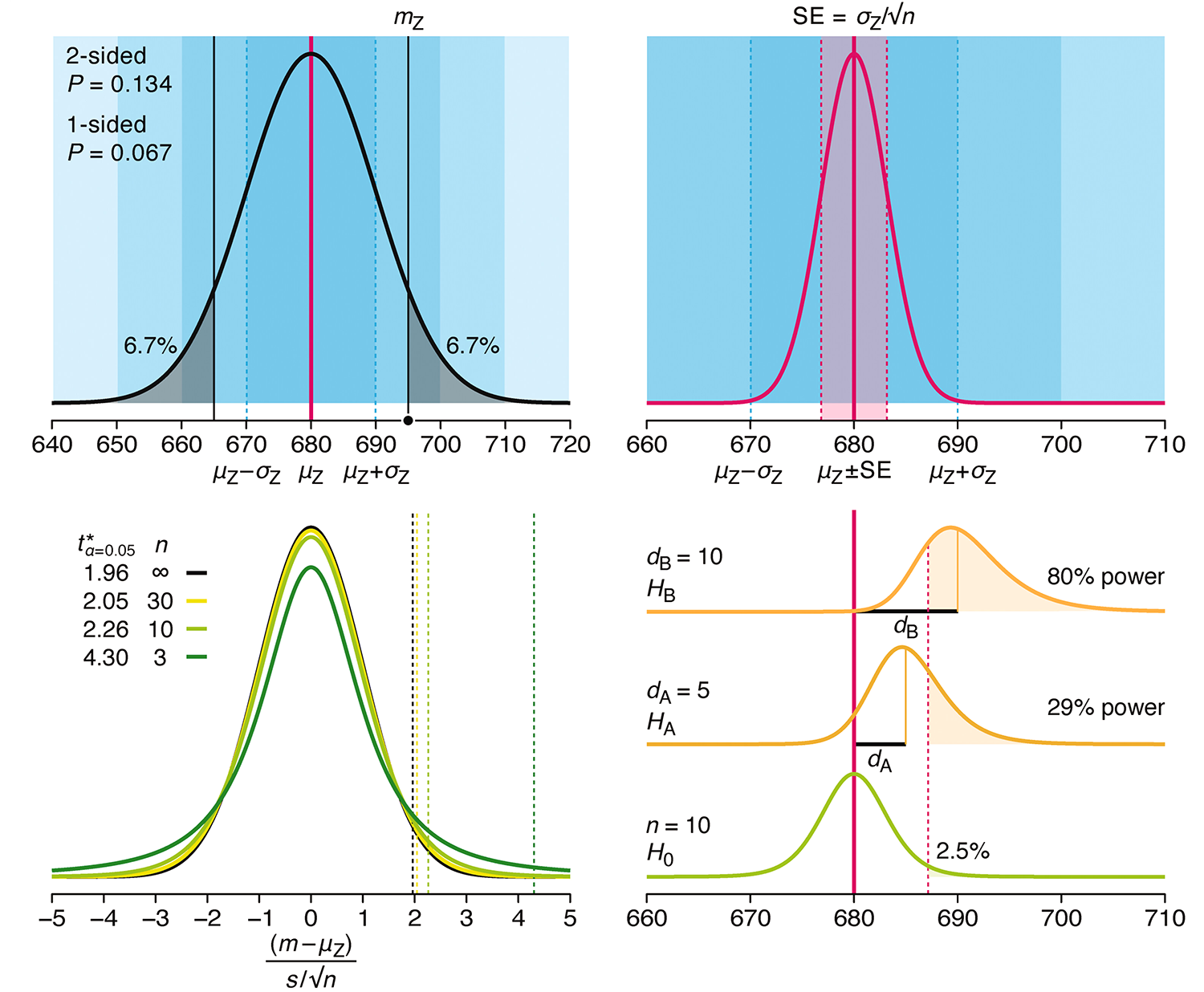
Altman, N. & Krzywinski, M. (2024) Understanding p-values and significance. Laboratory Animals 58:443–446.
